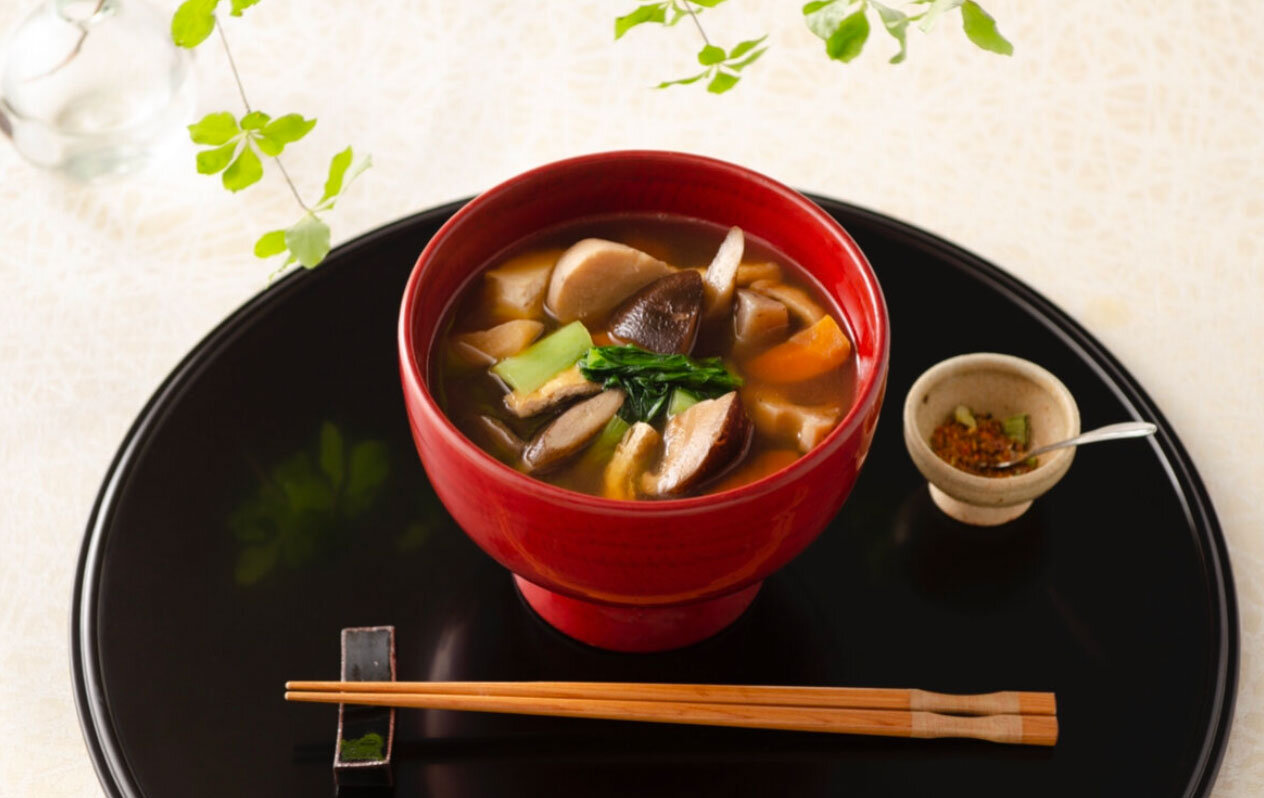
"Kenchin Jiru" is a typical Japanese Zen temple cuisine made with root vegetables. The trick to bringing out the deep umami from the vegetables alone is to let them rest for six hours just before completion. The guanylate in dried shiitake mushrooms makes each of the other ingredients' individual umami strongly perceptible, and the umami is deepened by letting them rest.
When you maximise the umami of natural ingredients, you can't stop eating second helpings. It is a taste that many of you have probably never tasted before. Why not experience the umami of vegetables, which thoroughly brings out the individuality of the ingredients without relying on umami seasonings?
This recipe uses vegetable stock covered in a different recipe. Please refer to the recipe for Shojin Dashi broth.
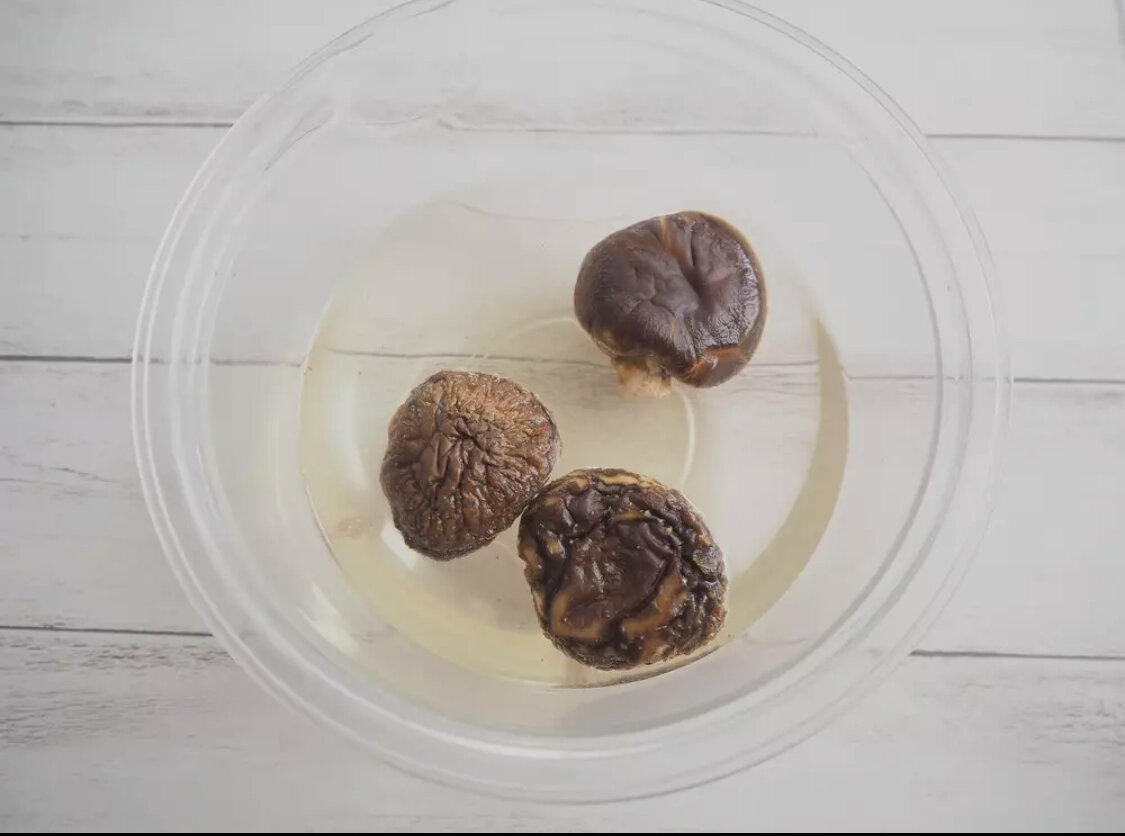


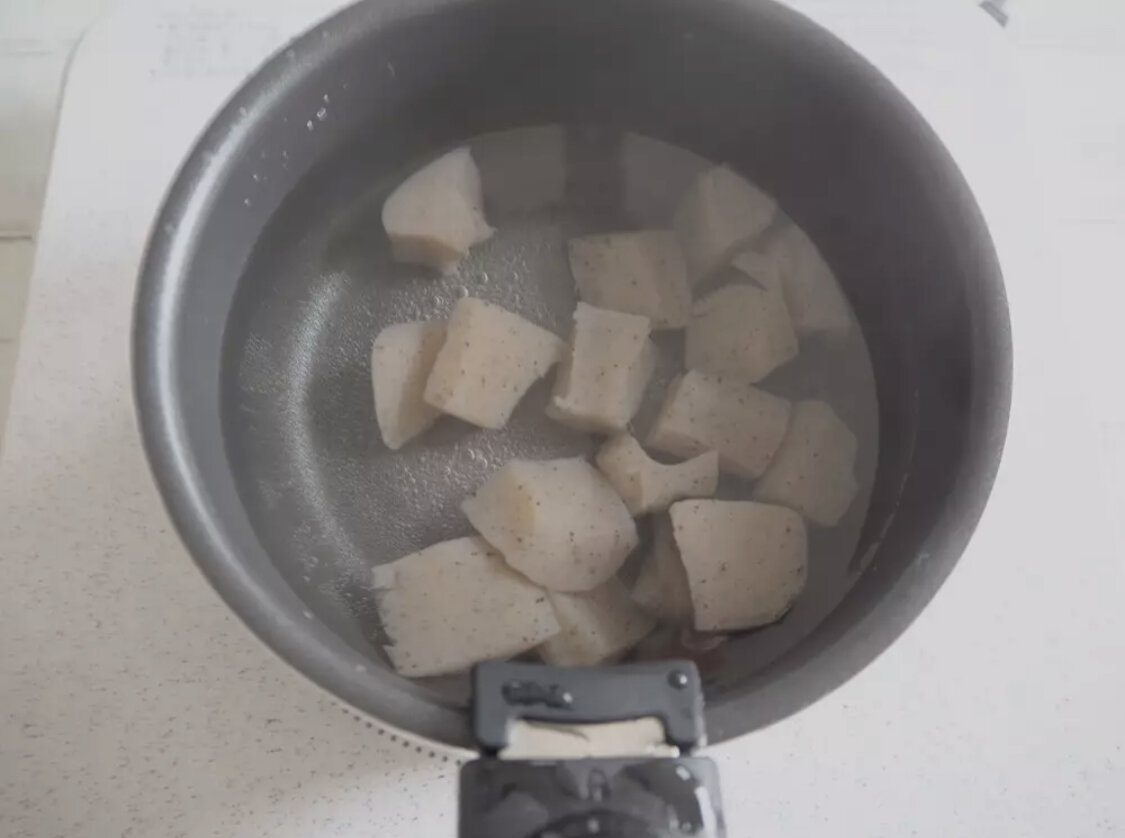
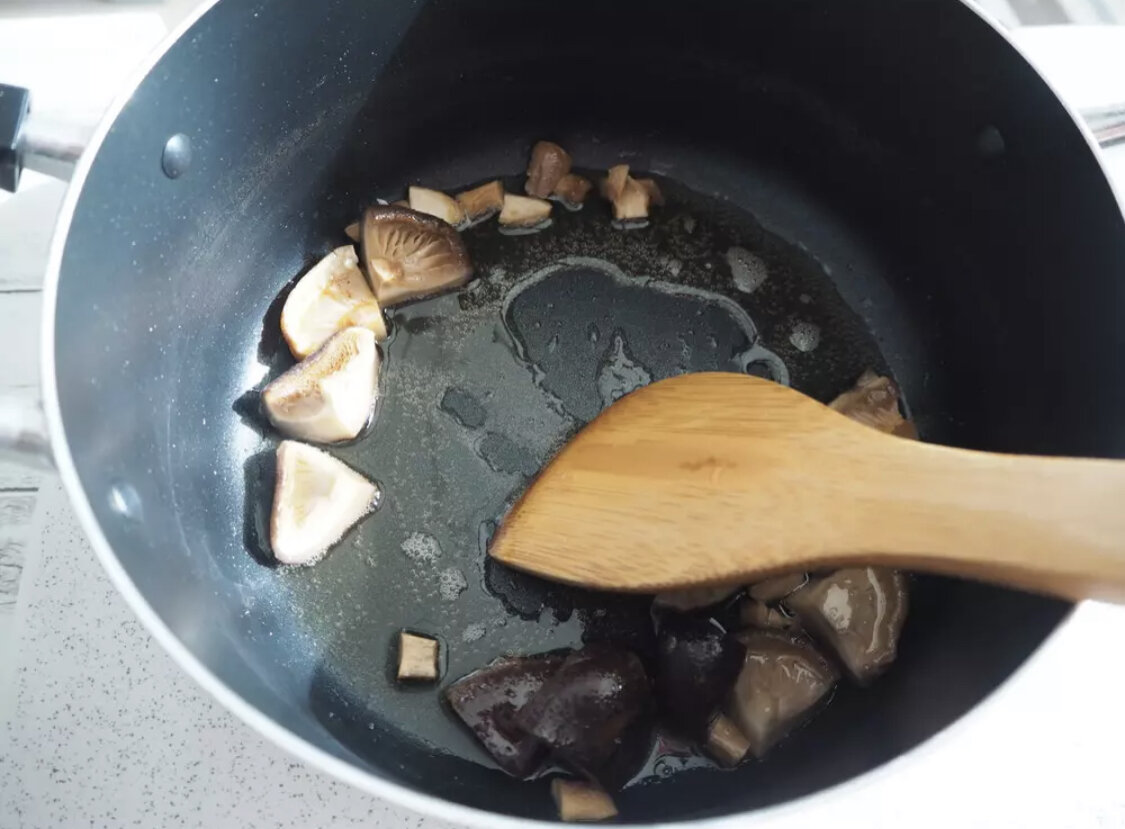
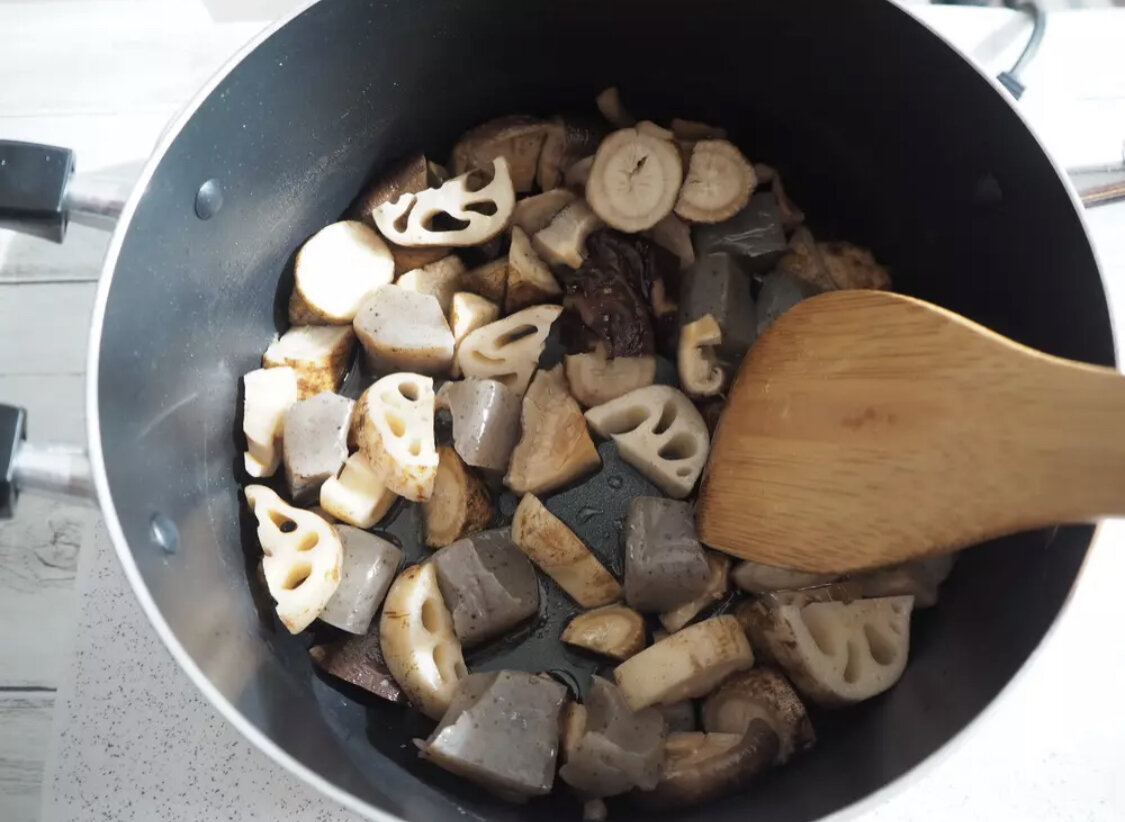
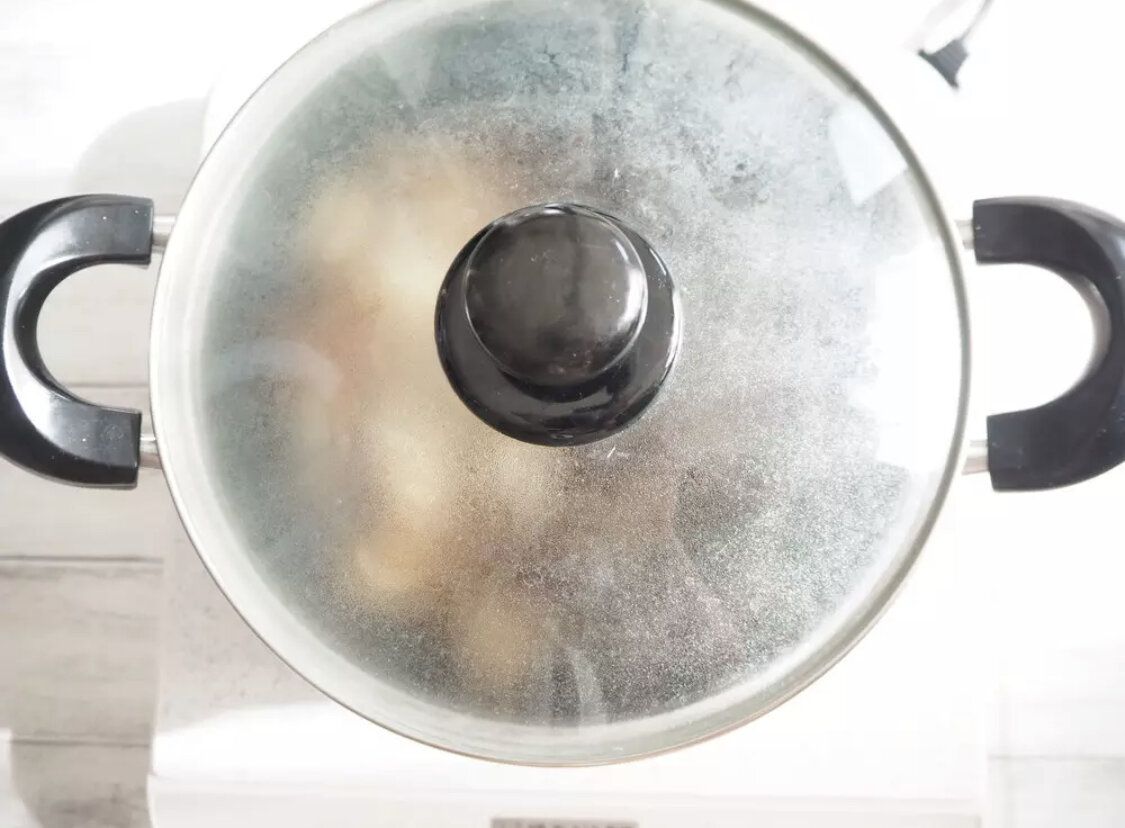
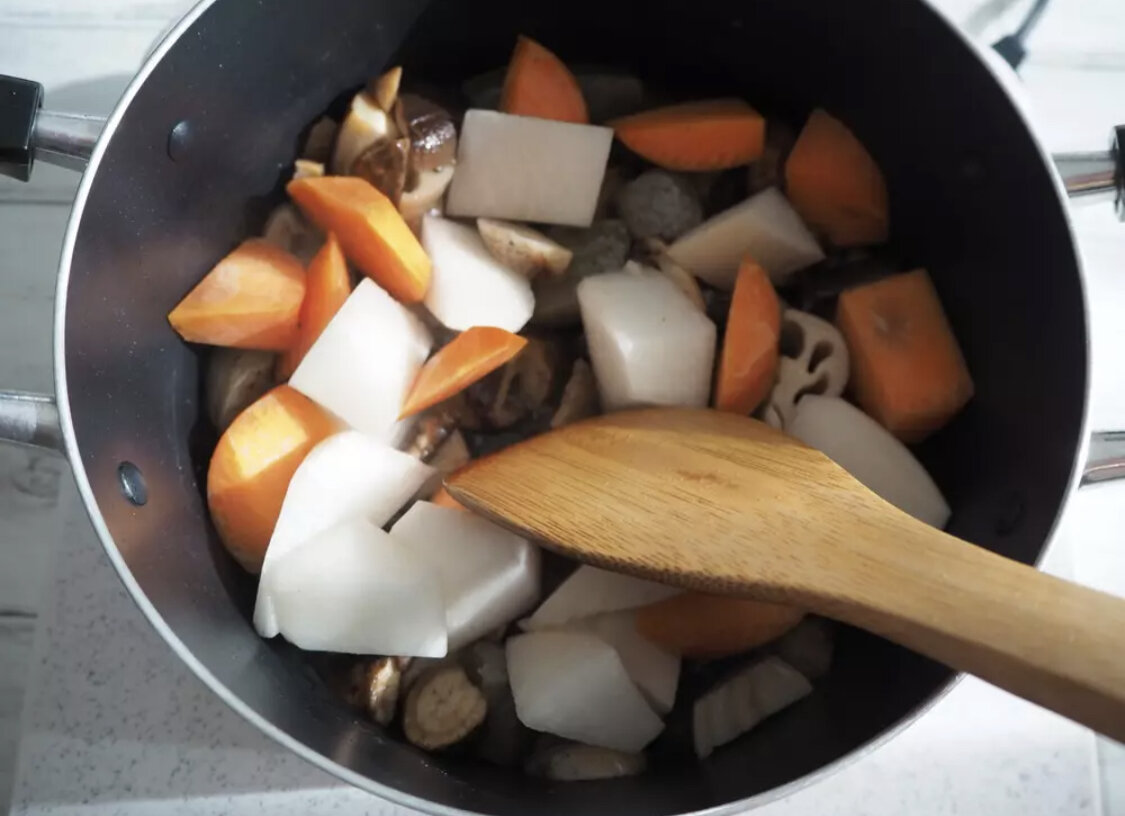
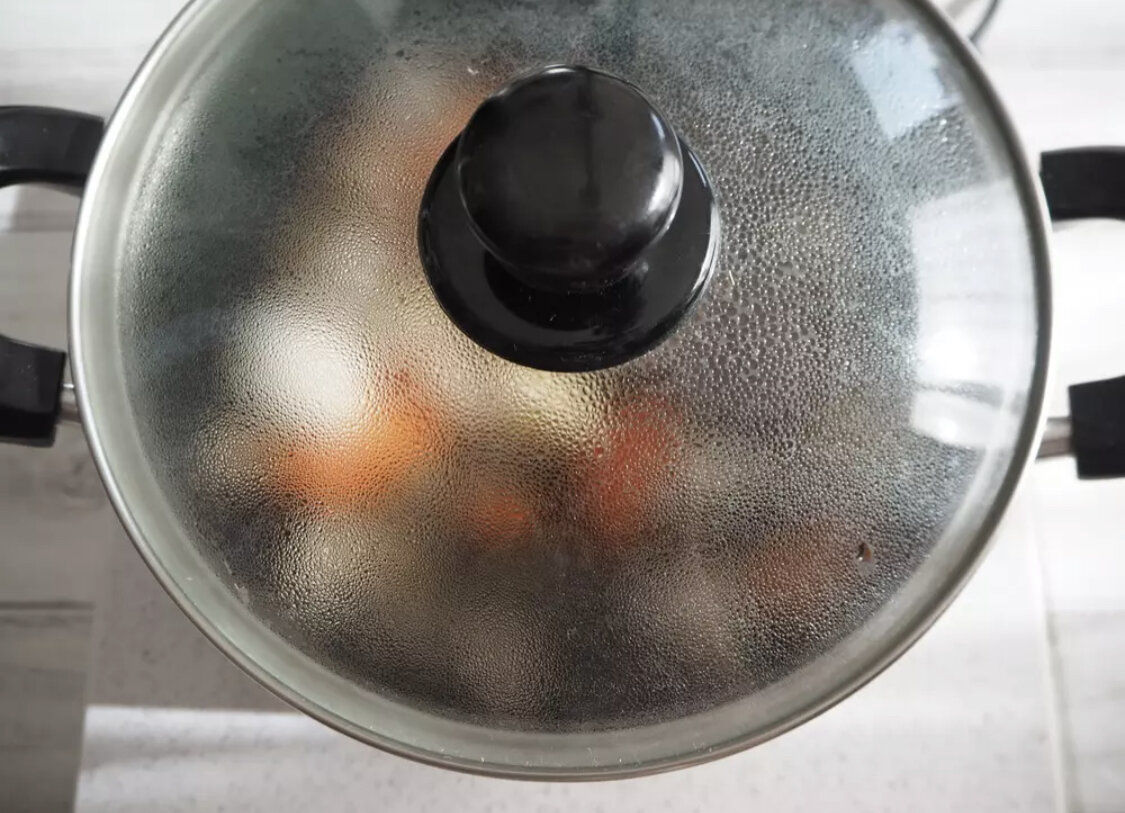
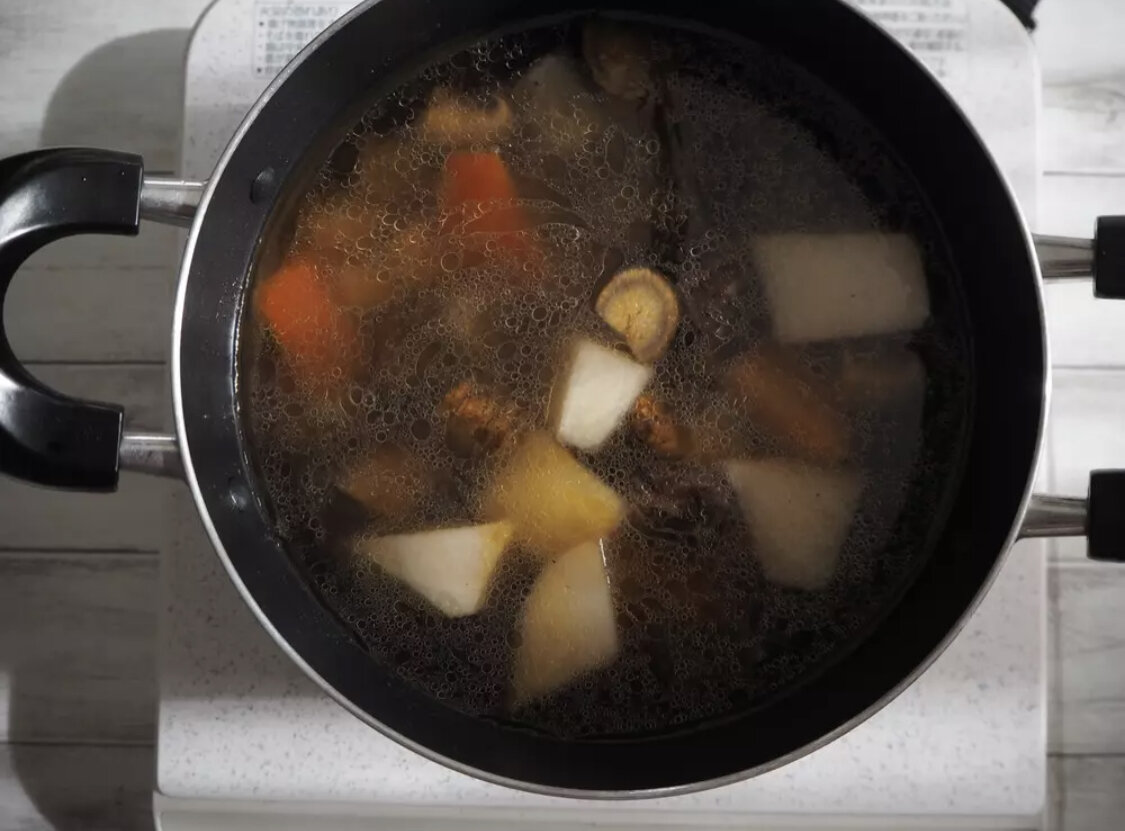
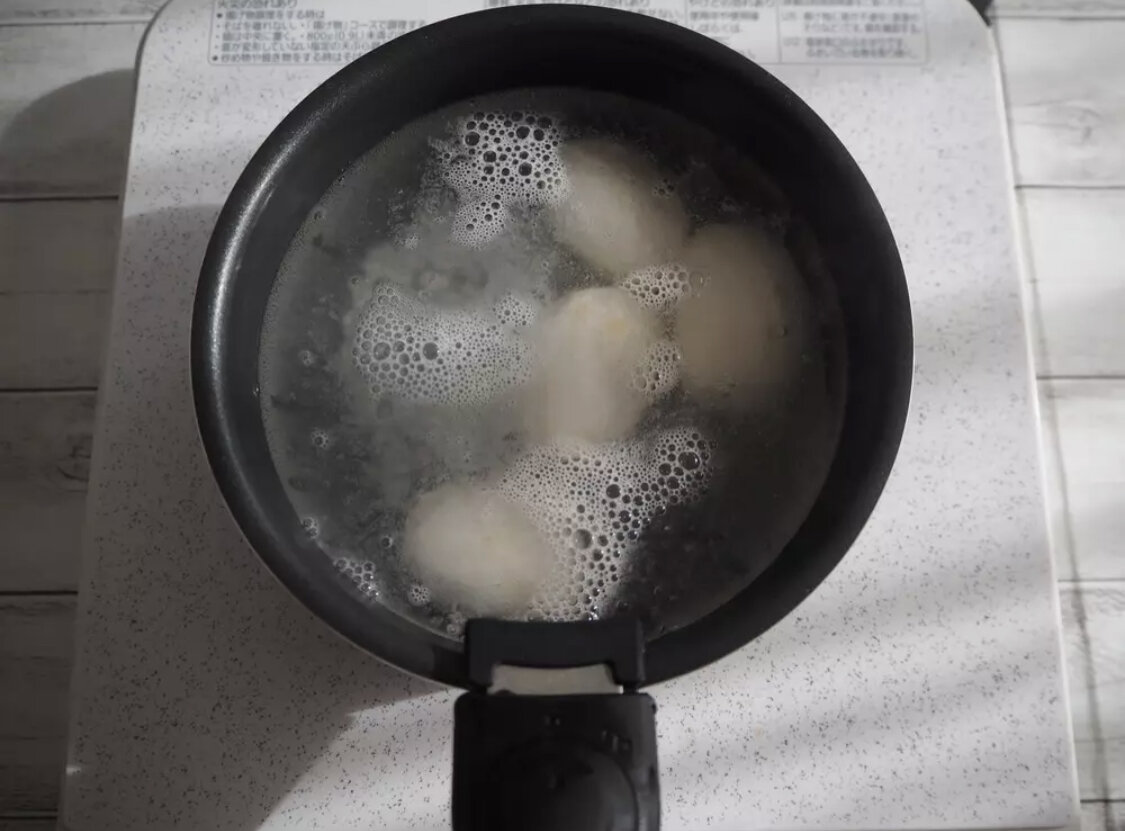
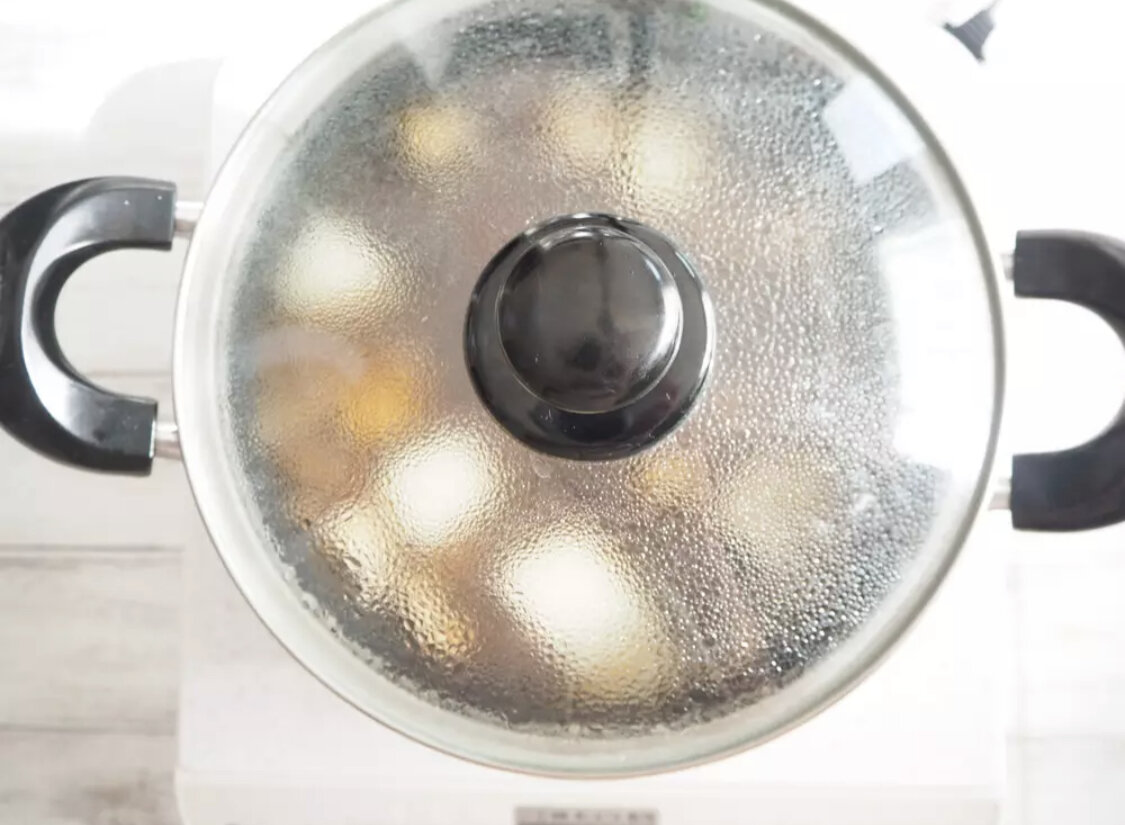
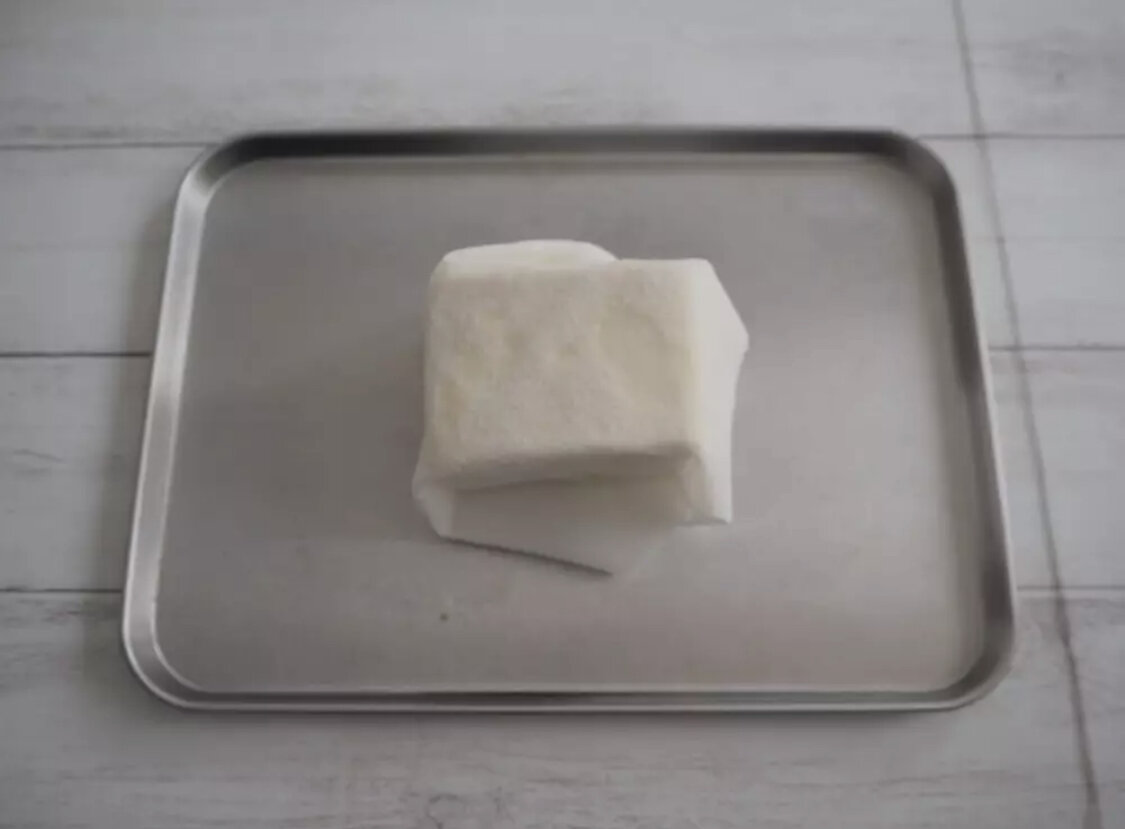

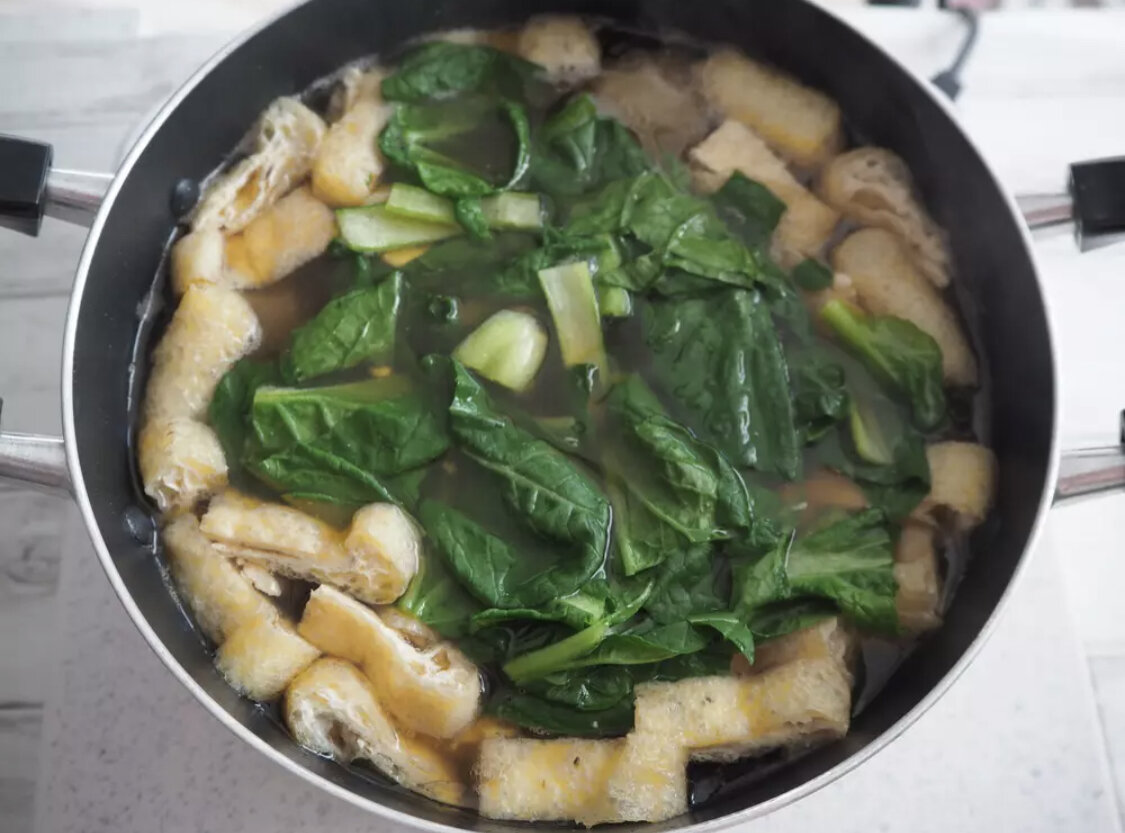
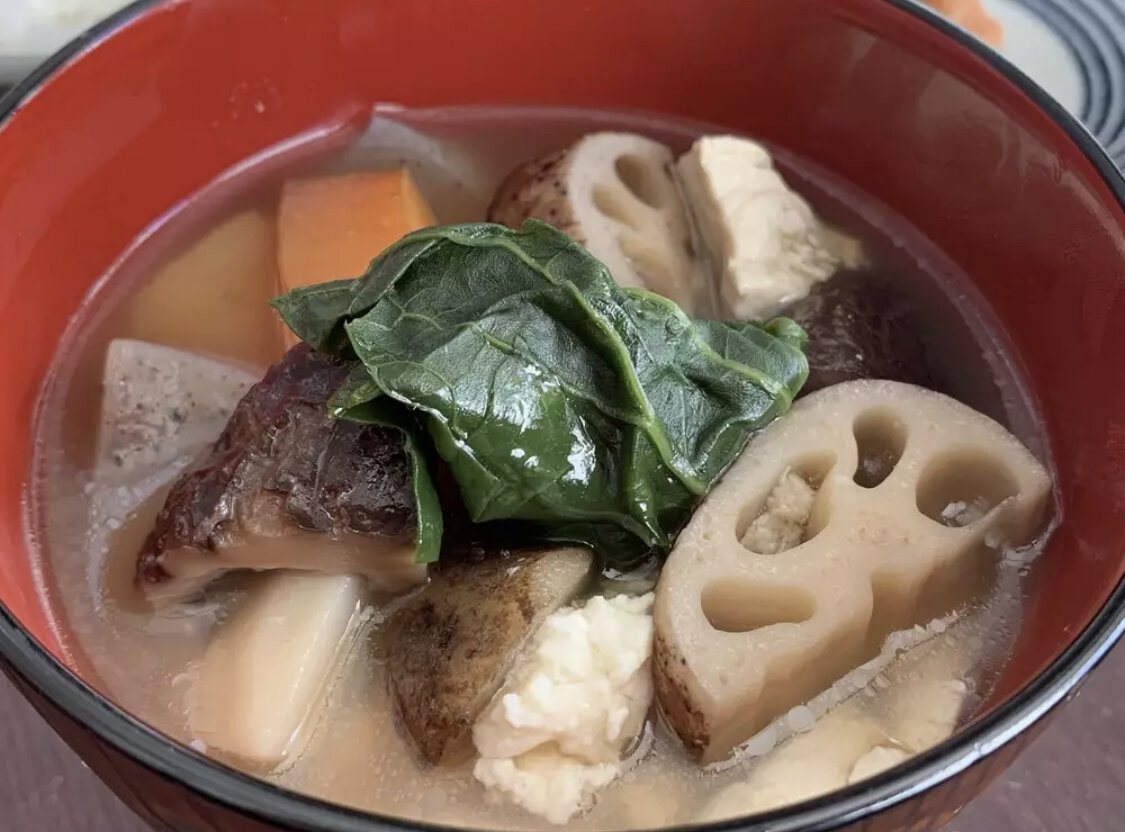
Dried Shiitake mushrooms should be rehydrated in cold water to make them sweeter and tastier without any messy taste.
How to Rehydrate Dried Shiitake Mushrooms for Maximum Flavor